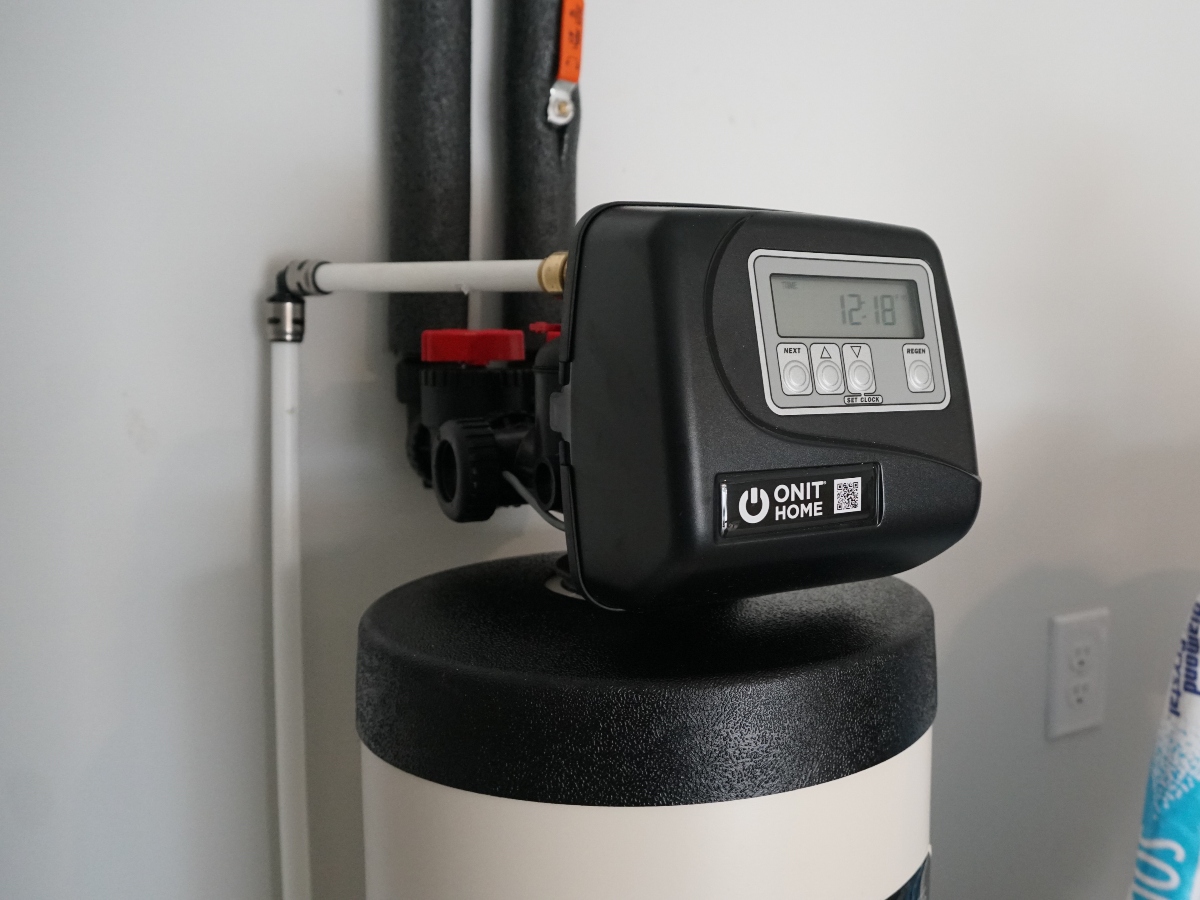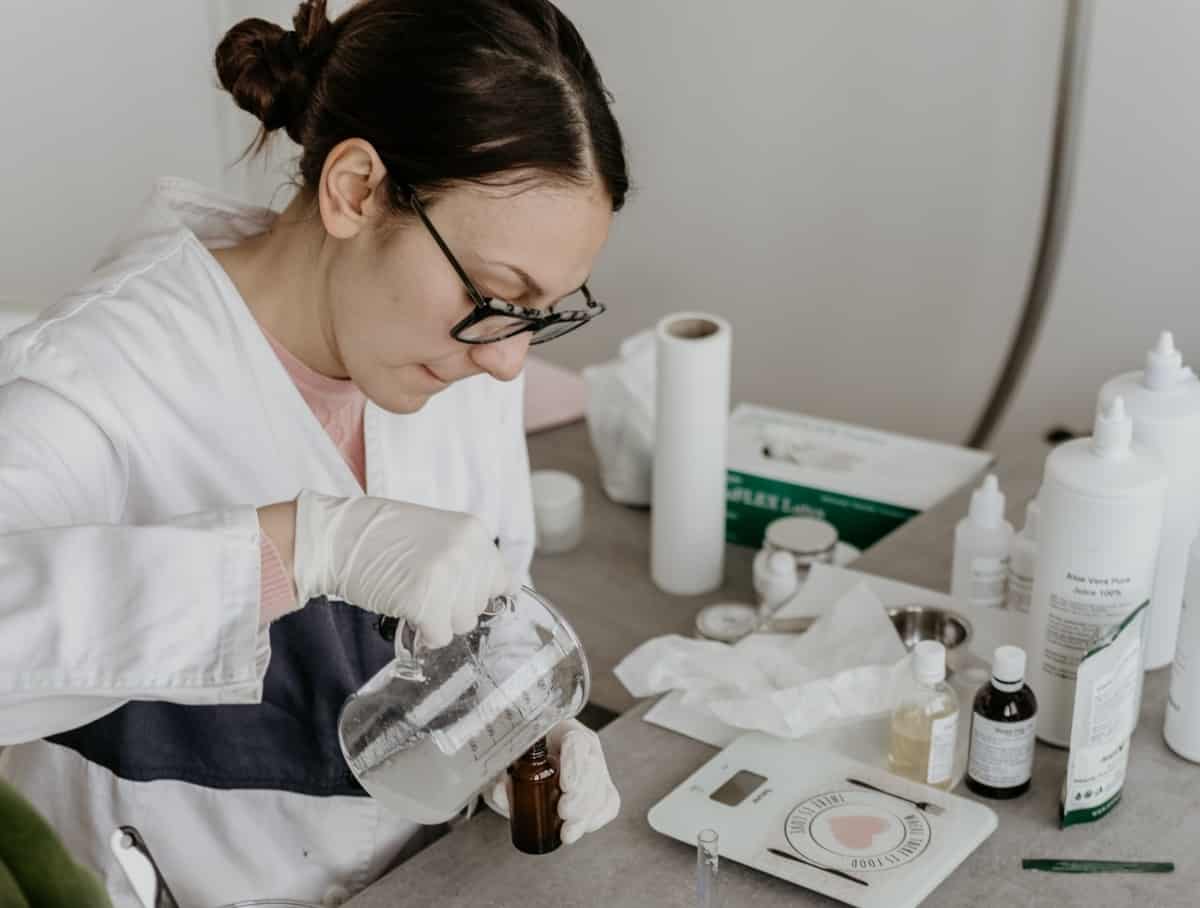There has been an increase in products containing PFAS in recent years. PFAS exposure leads to serious health effects. Unfortunately, these chemicals have found their way into drinking water. People are looking for an effective way to remove the chemicals from their water to make it safe. So, does reverse osmosis remove PFAS?
Yes. Reverse osmosis (RO) can remove PFAS from your drinking water. RO is one of the most effective ways to remove PFAS from water, with over 90% removal rate.
The Reverse osmosis global market was about $27 billion in 2021 and is estimated to reach $54.46 billion by 2030. The increased growth is brought by the awareness about contaminants in their water, whether from public or private systems.
What Are PFAS, and How Do They Get in the Water?
Per- and polyfluoroalkyl substances, commonly known as PFAS or “forever chemicals,” are a group of man-made chemicals. These chemicals have been used to manufacture nonstick cookware and waterproof products.
PFAS are also common around firefighting houses, military bases, airports, and aviation manufacturing as they use aqueous film-forming foam (AFFF) to fight fires. The chemicals are found in the air, soil, and water because of human activities.
Over 9,000 PFAS and about 600 are currently present in most American products. The most notorious PFAS compounds are perfluorooctanoic acid (PFOA) and perfluorooctane sulfonate (PFOS). Research shows that 83% of waterways across 29 states in America are contaminated with chemicals. Water contamination creates a major concern because the chemicals accumulate in the human body over time. This means they can take a long time to be excreted from the body.

How Does PFAS Get Into Drinking Water?
PFAS enters drinking water through the soil due to spillage or when waste is dumped in water sources such as rivers. These chemicals can travel long distances once in the water sources, reaching public systems or private wells. They can also travel through the air and into water sources.
The main sources of PFAS contamination are landfills, wastewater treatment plants, industrial sites, military bases, or any place that uses firefighting foam. If you live in an area where activities use PFAS products, there’s a higher chance your water is contaminated.
What Is Reverse Osmosis, and How Does It Work?
Reverse osmosis (RO) is a water filtration technology that removes certain contaminants from water by using high pressure to force water molecules through a semipermeable membrane. The membrane has tiny pores that block pollutants and let water pass through. The RO membrane is a flat sheet with three layers; a polyester support base, a polysulfone layer, and a 0.2-micron polyamide barrier layer.
The clean water that passes through the membrane is known as “permeated,” while the wastewater is “concentrated.”
Most RO systems have three stages:
- Sediment filter: Removes sediments such as dust, grit, dust, rust, and algae. Most of these filters remove particles not less than 5 microns.
- Carbon filter: RO systems use Granular activated carbon pre-filters to reduce chlorine, VOCs, and other pollutants affecting water aesthetics.
- RO membrane: High pressure is used to force water through the membrane blocking contaminants such as PFAS, lead, mercury, and dissolved minerals.
Some RO systems may have 4 or 5 stages. The additional stages help polish the water quality, such as by boosting PH levels. Our reverse osmosis systems have five levels of filtration:
- Carbon-pre filter
- Granular Activated Carbon (GAC) pre-filter
- Carbon block pre-filter
- Reverse osmosis membrane
- In-line polishing Filter
Does Reverse Osmosis Remove PFAS?
Does reverse osmosis remove PFAS? Yes. RO systems can remove more than 90% PFAS from water. In addition, RO can remove a wide variety of contaminants, including lead, arsenic, fluoride, chloride, copper, sodium, and chromium.
Reverse osmosis cannot remove some contaminants, such as VOCs. Combining filtration methods with RO filters increases their effectiveness. This means the number of contaminants that the RO system can filter will depend on the number of treatment stages the water goes through.
Proper maintenance of the RO membrane and the filters in the filtration system is critical to high-efficiency levels. You can clean the membrane every 3 to 6 months or when you notice reduced efficiency in your system. In addition, replace the pre- and post-filters as the manufacturer recommends for it to work effectively.

What Are the Main Advantages of Reverse Osmosis Systems?
As indicated above, RO is the most effective filtration technology today. Here are some of its benefits:
- More efficient: RO systems are more efficient than most filtration systems. This is because they remove more impurities from the water. As a result, you’ll be left with cleaner, healthier water.
- Use less space: RO systems can be designed to occupy less space than evaporative systems. In addition, RO systems are installed under sinks meaning the space they occupy is rarely used.
- Energy efficient: RO does not require heating or cooling, making it energy efficient. This means they can save you money on your energy bill.
What Are the Disadvantages of Reverse Osmosis Systems
Despite RO filtration being among the best filtration technologies, it comes with some drawbacks, including
- RO systems are costly to install and maintain: Due to RO filtration technology, it’s among the most expensive filtration methods. Installation costs are also high since you will need it professionally installed unless you are familiar with the installation process. Maintenance costs are also high, considering you will need a professional to do the maintenance.
- Removes important minerals from water: Reverse osmosis systems also remove healthy minerals such as fluoride, calcium, magnesium, and potassium. However, RO-filtered water can benefit aquatic life and make food tastier without some minerals. Furthermore, the RO filtration method reduces the pH levels, making your water more acidic.
- Wastes a lot of water: According to the Environmental Working Group (EWG), RO systems can waste water to about three times as much as they treat. This can increase the water bill, especially if you have a whole-home reverse osmosis system.
How Do You Know Your Water Has PFAS?
Testing your water is the only sure way to know if it has PFAS or any other pollutant. Whether your water comes from a public drinking water system or a private well, it’s crucial to test for PFAS.
You can do this yourself or use a professional. Most water companies offer free water testing, where you will also receive a recommendation on the best solution depending on your home needs.

What Is Not Removed by Reverse Osmosis?
The effectiveness of the reverse osmosis membrane depends on the concentration of the contaminant. Reverse osmosis does not remove hydrogen sulfide, radon, and carbon dioxide. In addition, it does not remove some pesticides, VOCs, and solvent contaminants.
It’s good to note that no one water filtration method can remove 100% of pollutants. However, combining different filtration technologies can remove most of the water contaminants. That’s why it’s crucial to identify the primary contaminant in your water and choose the best filtration system to eliminate the problem.
Ways to Reduce PFA Exposure at Home
PFAS are in almost everything from nonstick cookware to stain-resistant fabrics to fast-food wrappers. And while they may make our lives easier, they can also be incredibly harmful to our health. Identifying products that may contain PFAS is important to help you reduce exposure. Here are some products you should be wary of:
- Nonstick cookware
- Pizza boxes and microwave popcorn bags
- Non-stain carpeting
- Water-repellent clothing
- Food packaging
- Some cosmetics, such as lipstick and lipstick
Besides filtering your drinking and cooking water, here are some tips for PFAS contamination at home:
- Use non-toxic cookware and fast-food wrappers.
- Choose stain-resistant fabrics wisely.
- Opt for PFAS-free personal care products.
- Avoid PFAS-contaminated food such as shellfish and fish.
- Avoid microwave popcorn and pre-packaged food.
It’s essential to check the labels of products before you purchase them. You can also contact the manufacturer to see if a product contains PFAS.
What Are the Health Risks Associated With PFAS Exposure?
A growing body of evidence shows that PFAS exposure can have severe health effects. As researchers continue to assess more health risks that result due to PFAS exposure, some studies have already been done and shown the following:
- Asthma
- Cancer
- Hormonal imbalance
- Liver damage
- Thyroid problems
- Immune system damage
- Decreased vaccine response in children
- Lower birthweight and risk of obesity in future
- Decreased fertility and preeclampsia in pregnant women
Enjoy PFAS-Free Water in Your Home With ONIT Home’s Reverse Osmosis Filters
Does reverse osmosis remove PFAS? Yes. The reverse osmosis water filtration method is one of the most effective technologies for removing PFAS from your drinking water. PFAS are toxic and can lead to serious health effects once consumed or inhaled. If you’re concerned about PFAS in your water, discontinue use immediately and reach out to us at ONIT Home. We can conduct a free water analysis in less than 10 minutes. After the test, we will interpret the results for you and recommend the best solution for your home.
We use industrial-grade materials in our systems to offer durability, high-quality water, and peace of mind. Our RO system has five levels of filtration to ensure that most of the contaminants are eliminated. This leaves you with cleaner, safer, and tastier water. Call us now to speak to our experts. You can also request a quote from us today. Need clean water? We’re ONIT!
Give us a call today at 1-833-433-0331 to get started.



